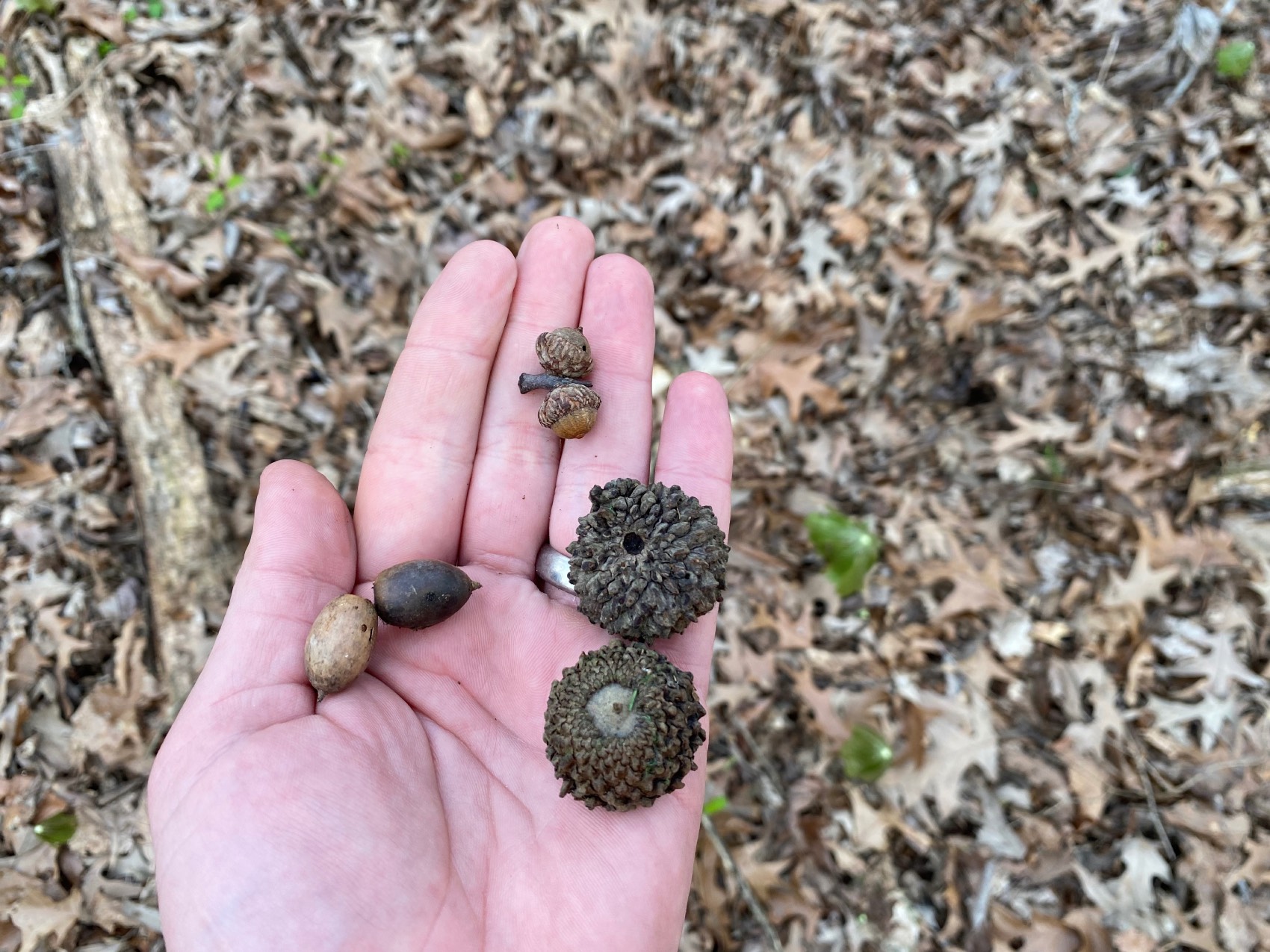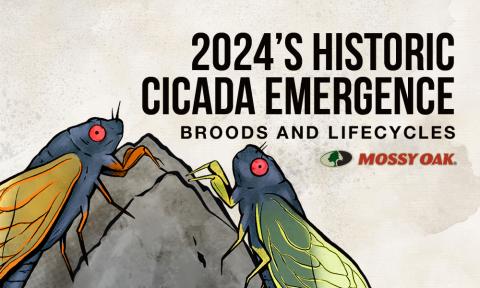Chris Bridges
Of all of the great variety of tree species that we have been blessed to be able to select from, when you consider the diverse values for timber and for wildlife, it is not surprising to recognize that most of us exhibit a definitive preference for oaks. Few other trees exhibit such an influence on the composition of wildlife species that are drawn to an area. However, given the great genetic diversity in our own native oaks and the unique habitats to which different oak species are best suited, it is worth considering several different factors when selecting oak species for wildlife habitat improvement projects, especially on floodplains or bottomland sites.
FACTORS TO CONSIDER WHEN PLANTING OAKS

For anyone who has worked hard to either improve an existing stand of timber or to establish new forest habitat, the composition of the right species is one of the most important considerations. I often compare this to making sure all of the key positions are filled on a sports roster. It requires similar assessment of the roles of different forest species to ensure that your stand is performing at its highest potential. Therefore, an accurate inventory of existing species is an essential first step to planning for habitat improvement. Given that there are over four hundred different oak species globally, becoming familiar with the characteristics of the most common species in your area across the red and white oak groups is important.
Moving beyond the most basic distinctions between red and white oak, an accurate forest inventory should provide great detail in the species composition of a site. When I was in graduate school, an experienced forester and faculty member once told me that in botany, there were ‘lumpers’ and ‘splitters.’ In other words, some folks like to keep species in broad groups and others want to be more detailed, splitting them not only into species but noting subspecies and local ecotypes. While grouping oaks as either white or red might be the most important consideration for some in marketing timber, keying these oaks to species is important for considering the value that they hold for wildlife and for understanding the types of soils and sites that they are best suited for.
Among the red oaks that are most important in bottomland stands in the Southeast are pin oak, water oak, cherrybark oak, Nuttall oak, willow oak and Shumard oak. While most of these are distinguished by the bristle on the tip of the leaves, it is worth noting that there is some great variability in how well they can tolerate flooding duration. Both the depth and duration of flooding should be considered when selecting oaks for bottomland sites, as the length of time spent in saturated soils will greatly influence tree growth and survival in these environments.
White members of the white oak group are most often thought of as upland species, there are several white oaks that can be successfully integrated into bottomland plantings in the Southeast including overcup oak, swamp white oak, bur oak and swamp chestnut oak. In addition to the depth and duration of anticipated flooding, the timing should also be considered when designing bottomland planting plans. Extended periods of inundation during the growing season will be more stressful to trees than flooding when the tree is dormant. This requires observation of local conditions and taking note of when the trees are existing dormancy under normal weather conditions.
PLANNING FOR SUCCESSFUL BOTTOMLAND OAK STANDS
An often overlooked aspect of tree planting is the assessment of topographic variation across a site. When I think of hunting bottomlands, sometimes I think of pin oak flats or broad floodplains. However, when you examine these sites more closely, we recognize that there is often considerable variation in elevation across the site. Given the likely proximity to streams or rivers, this is often due to coarse grained sediment being deposited out of the channel, possibly leading to the creation of natural levees over time. Similarly erosion of soil as backwaters reenter the channel can lead to gully creation. Finally, windthrow of trees, creation of beaver dams and many other factors can complicate floodplain topography.
I have seen some experienced foresters use a topographic survey to distinguish planting zones in which different species can be matched appropriately to different sites across the floodplain. While this may seem extravagant, we have all seen well intentioned planting projects in which tree survival turns out low, weed pressure is too high and the likelihood of long-term success is likely limited. Taking stock of site topography and drainage will help match appropriate tree species to your site. An investigation of soil characteristics can provide much detail on the composition, drainage and typical flooding patterns of a site which is extremely valuable for planning bottomland oak habitat improvement projects. Identification of more well drained soils on floodplain sites can provide an opportunity to increase oak species diversity by including species better suited to these locations, like cherrybark and willow oak.
Some genetic variation also exists within these species regarding their ability to withstand saturated soils. Therefore, it is likely worth investing in quality tree seedings, selected from superior genetic material that is adapted to your climate. Seedlings grown in the nursery using processes that encourage root development can also contribute to long-term project success. Working with reputable native plant nurseries and matching appropriate species to your site is an important part of bottomland forest habitat improvement.
Given that bottomland forests are some of the most ecologically complex systems in North America, time spent assessing existing site conditions and determining suitable species that meet your management objectives will likely pay off in hunting seasons to come. While there are many different factors that landowners and habitat managers must consider when working on bottomland oak sites, perhaps no factor is more important than a thorough understanding of local soils, hydrology and tree growth patterns. Given that bottomland sites are defined by the relationship with local flooding patterns, a keen understanding of typical water movement patterns across a site can help to improve the likelihood of success in habitat improvement projects.




























